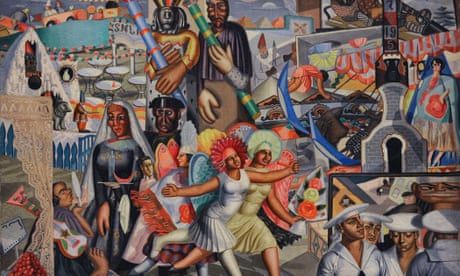
Written off as ‘muses’ and denied entry to the movement, they still produced extraordinary work that is only now being appreciated. We enter a gender-breaking world of occult worship – and cats
‘Of course the women were important,” said the artist Roland Penrose in 1982, “but it was because they were our muses.” Penrose was talking to the art historian Whitney Chadwick, who was interviewing him for a book she was writing about women surrealists. “They weren’t artists,” insisted Penrose, who thought she shouldn’t even be writing about them. But Chadwick did anyway – and the result, her 1985 book Women Artists and the Surrealist Movement, fundamentally changed our understanding of both surrealism and female artists.
In the 40 years since, many of the women Chadwick wrote about have gained wider fame, but the past few years have seen an explosion of interest in surrealist women. Last year was the 100th anniversary of the Surrealist Manifesto, which was actually two competing manifestos published by competing groups of (male) surrealists in Paris. So it’s unsurprising that we saw so much interest in the movement. But it is striking that the centennial prompted a flurry of interest in the women – who were actually excluded from those groups. Indeed, many weren’t even in Paris. Why the sudden broadening of the lens?
Continue reading...